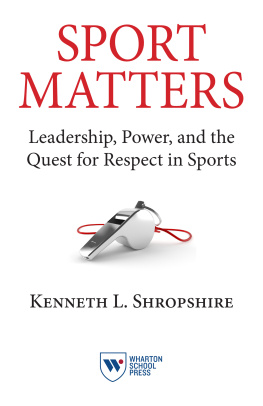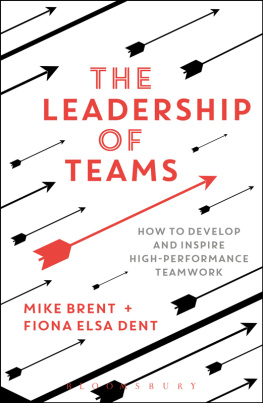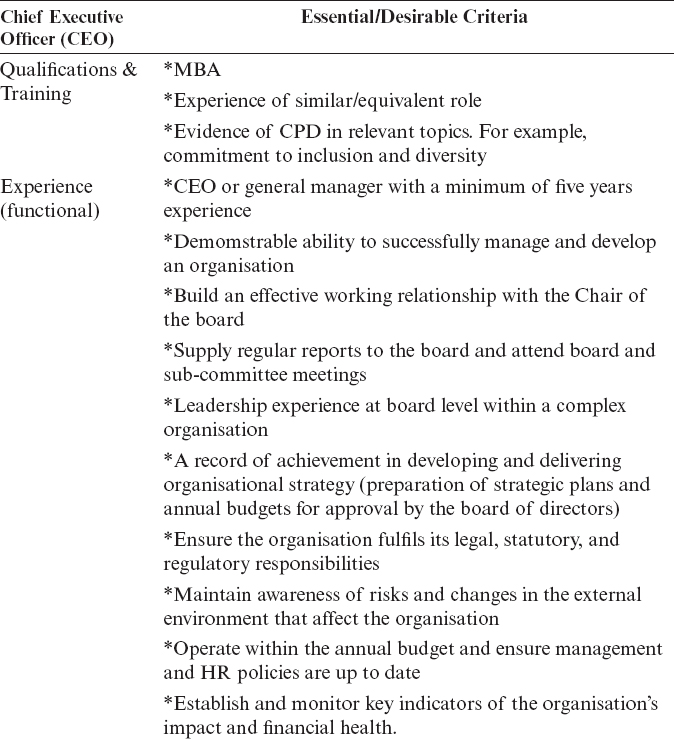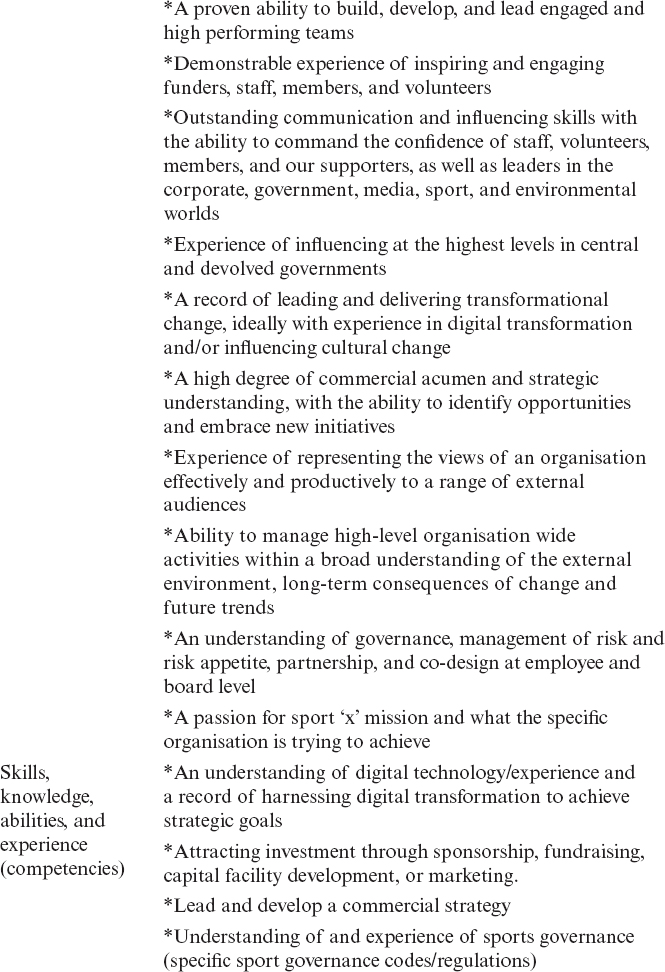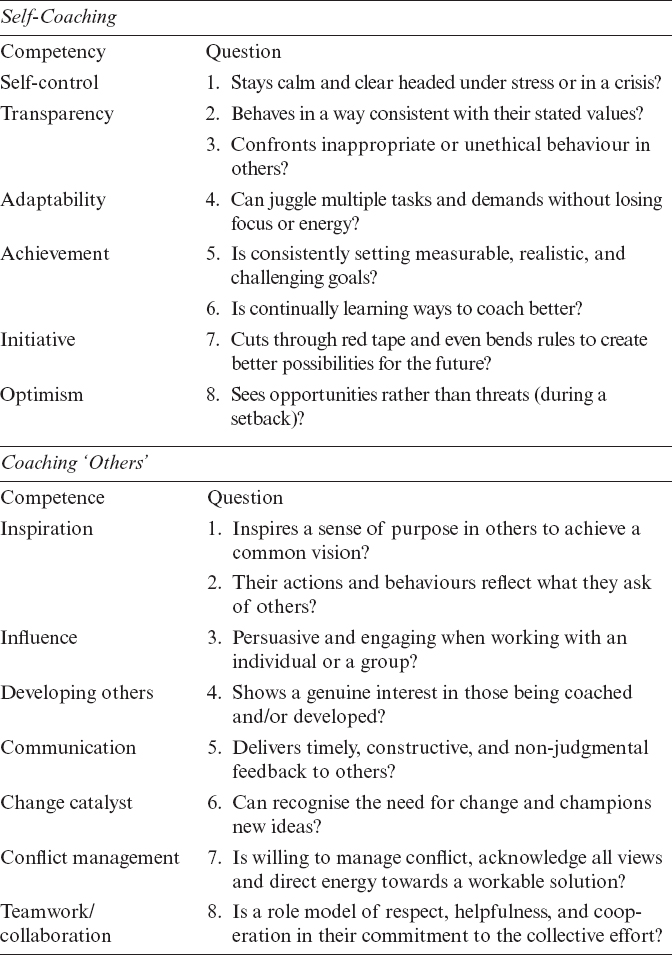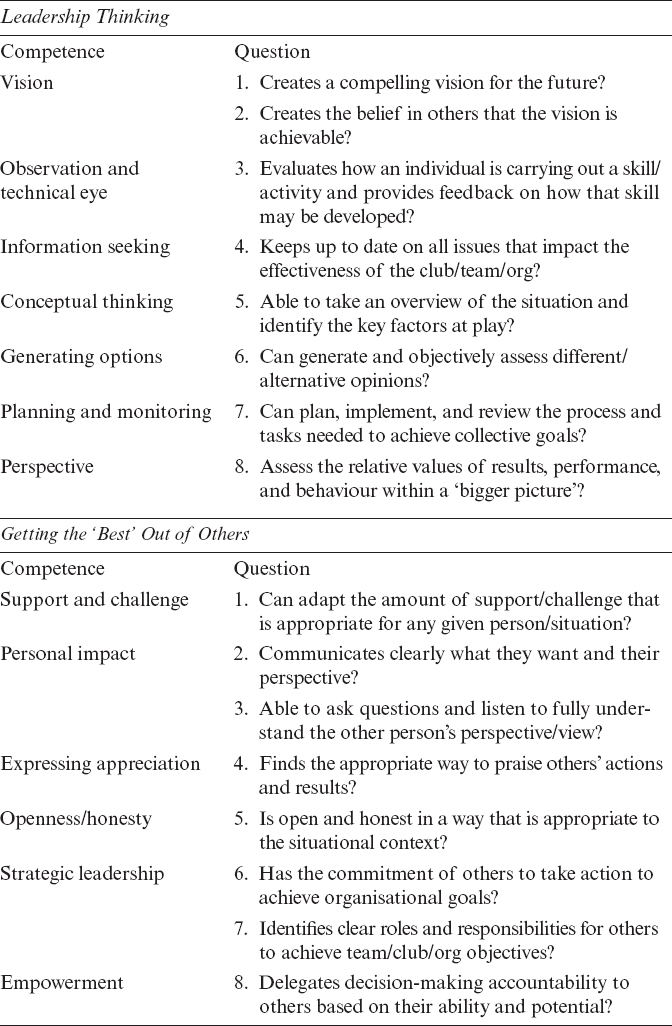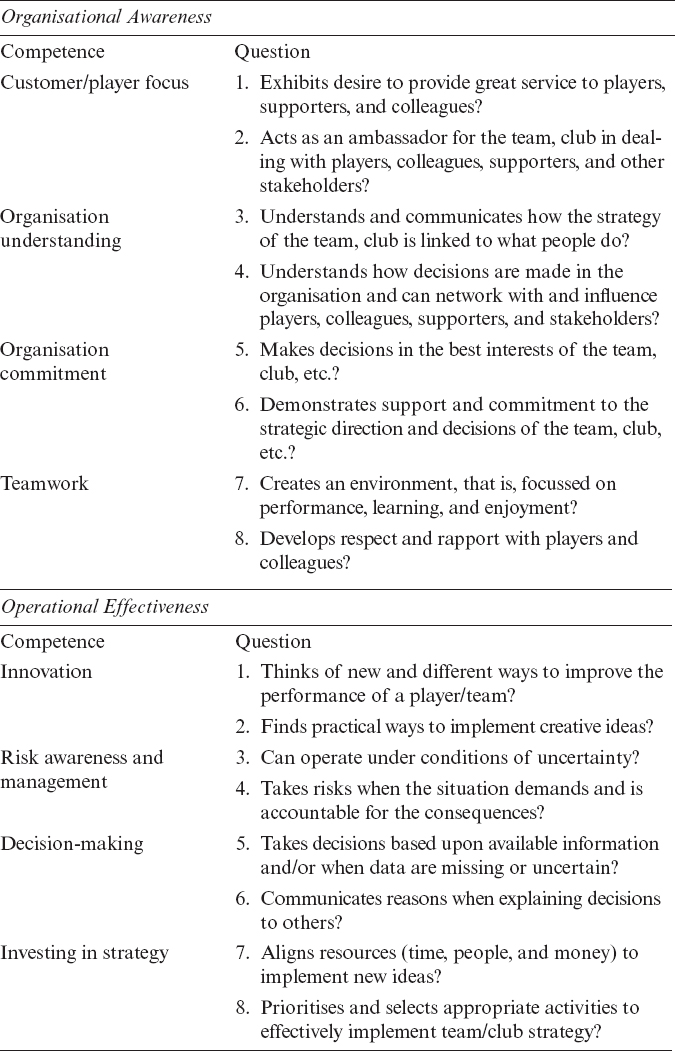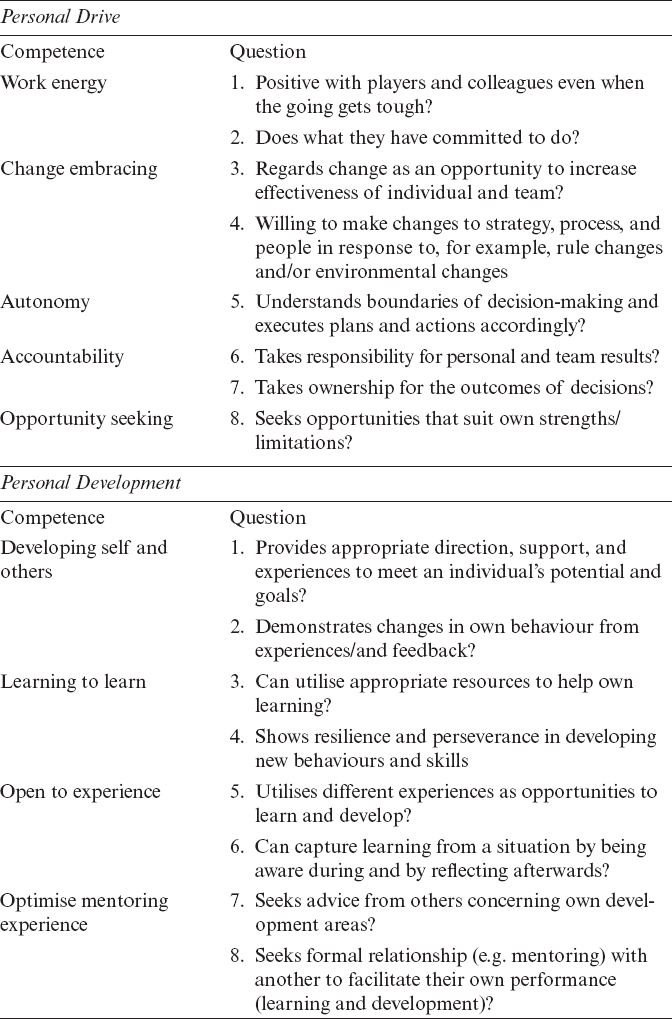Evolution of Organisational Structures
If we analyse the roots of contemporary organisational structures and their leadership hierarchies, we can trace the tradition of contemporary management practices back to 5,000 bc and the first government organisations developed by Sumerians and the Egyptians (). Indeed, if we reflect upon the historical evolution of our own villages, towns, and cities, we will in many cases be able to see the foundations of contemporary organisational design and the demand for workplace specialisation. Societies are dynamic, they undergo revolutions (social, cultural, agricultural, and military) and as a result their modes of subsistence evolve from pastoral in which the primary means of subsistence are domesticated animals to a horticulturalist society and the cultivation of crops using hand tools, to a post-industrial society, in which the primary means of subsistence is derived from service-oriented work, as opposed to agriculture or industry. The structures and working practices of our communities have therefore evolved from a nascent demand for specialist hunter-gatherers to demand for specialist farmers, home builders, and service providers. The demand for specialisation is unlikely to be recede given the global impact of disruptive trends, such as the internet of things and technologies such as robotics, artificial intelligence, and virtual reality which are changing the way in which we live and work at an unprecedented rate.
). Despite the psychological nourishment that hierarchical structures appear to offer us, they are also self-evidently (as we can most likely pay testament from our own experience), capable of nurturing self-interest, authoritarianism, and fear amongst ourselves and our counterparts at work. Hardly anyone, it appears, has a good word to say regards hierarchies, whether that be our siblings, management gurus, consultants, or academics. However, forecast of their demise, by organisational critics has so far proven to be somewhat premature.
The industrial revolution of the eighteenth century provided the catalyst for most of the contemporary management models and hierarchies that we see in reflected in the modern-day elite sports organisation. The revolution built upon technological innovation and the techniques of mass production (assembly line technology) led to large-scale production of a wide variety of material goods. Technological advancements, made during this time, came about at such an accelerated pace that a certain degree of chaos developed. Chaos underpinned, firstly, by inefficiency due to a lack of collaboration between employees and secondly, managerial inefficiency due to inexperience in supervising large numbers of employees. As a result, authority structures and standard operating procedures had to be developed and implemented. Just as organisations have evolved, so to have the theories explaining them. These theories range from classical organization theory, neoclassical organization theory, human resource theory, modern structural organization theory, organizational economics theory, power and politics organization theory, organizational culture theory, reform though changes in organizational culture, and theories of organizations and environments. The foundations, therefore, of multilevel hierarchies, that is, the structure of relationships, power dynamics, objectives, roles, activities, forms of communications, etc., have evolved and so to have the theories explaining them.
The historical roots of organisational structural analysis can be found in what is known as the classical management perspective with its respective three streams: the scientific management theory (developed by Fredrick Winslow Taylor: 18561915); the administrative management theory (developed by Henri Fayol: 18411925); and the bureaucratic management theory (proposed by Max Weber: 18641920). Classical organization theory was the first and main theory of organisations and arguably still has great influence today (, p. 14).
Max Weber (a German Sociologist) contribution to classical management theory was in his bureaucratic management approach, one that stressed the need for a top-down strictly delineated formal hierarchy, governed by clearly defined regulations and lines of authority ().
Lastly, Henri Fayols (French engineer) contribution to the classical model of management was contained within an administrative approach which had at its core a focus upon the total organization rather than the individual worker. Fayols model helped to define senior management functions with regard to: unity of command and control, centralisation and coordination of planning, division of labour (role specialisation), accountability and responsibility, and subordination of individual interest to the general Interest (Stoner et al., 1995). One of the most significant implications of Fayols research are his recommendation that organisations create a scalar chain, that is, one in which there is a clear line of authority from the top level to the lowest level. A scale in which all employees acknowledges a hierarchy of superior and subordinate relationships.





